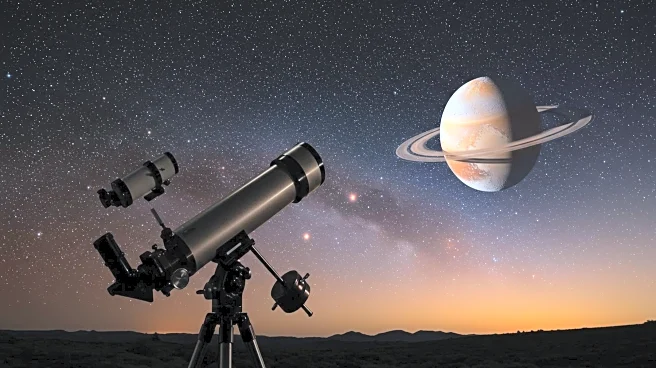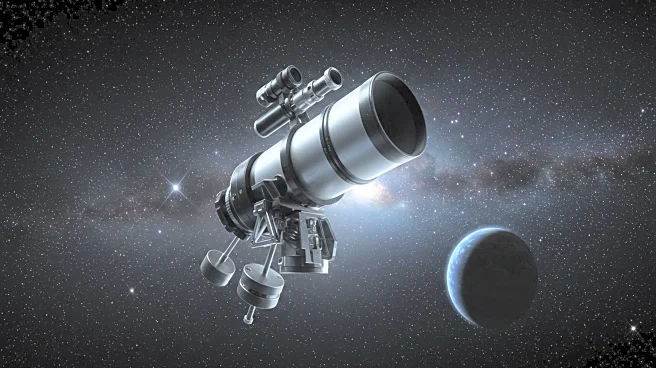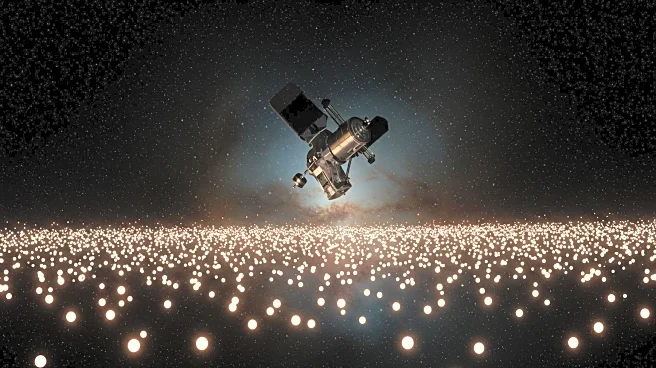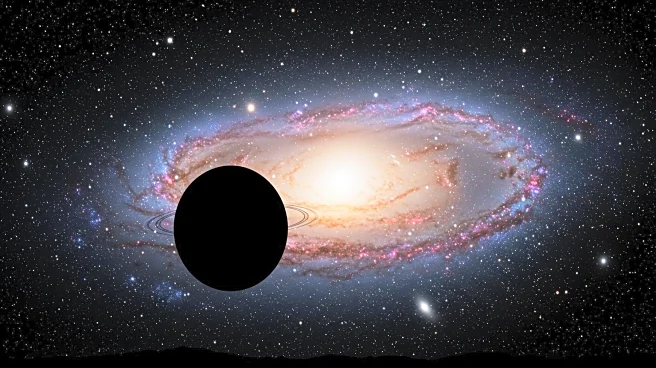Rapid Read • 6 min read
Research published in Icarus suggests the presence of 'space rainbows' on Saturn's moon Enceladus, based on data from NASA's Cassini mission. The phenomenon is believed to occur due to sunlight passing through icy particles ejected from Enceladus's geysers. These particles contribute to Saturn's E Ring, reflecting sunlight in a pattern similar to rainbows on Earth. The study involved analyzing 40,000 images from Cassini, identifying bright stripes that indicate the presence of these optical phenomena. The findings could reveal more about the material ejected from Enceladus's ocean, such as its composition and structure.
AD
The discovery of 'space rainbows' on Enceladus offers a new perspective on the moon's geysers and the particles they emit. Understanding these optical phenomena can provide insights into the composition and behavior of the material ejected from Enceladus's ocean, potentially revealing more about the moon's habitability. The study highlights the importance of revisiting archival data from missions like Cassini to uncover new scientific insights. This research could also inform future missions to Enceladus and other icy moons, enhancing our understanding of their environments.
Researchers plan to use data from the James Webb Space Telescope to further analyze the 'space rainbows' and constrain background light levels. Theoretical models will be developed to understand the matter creating these phenomena. If confirmed, the findings could have implications for understanding similar optical phenomena in other astronomical contexts, potentially leading to new discoveries about distant planetary systems.
AD
More Stories You Might Enjoy










